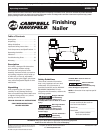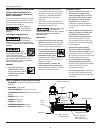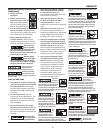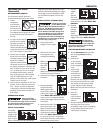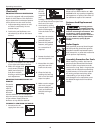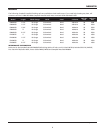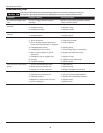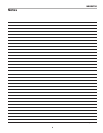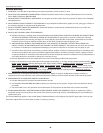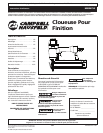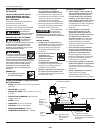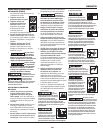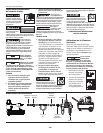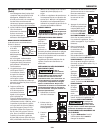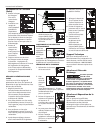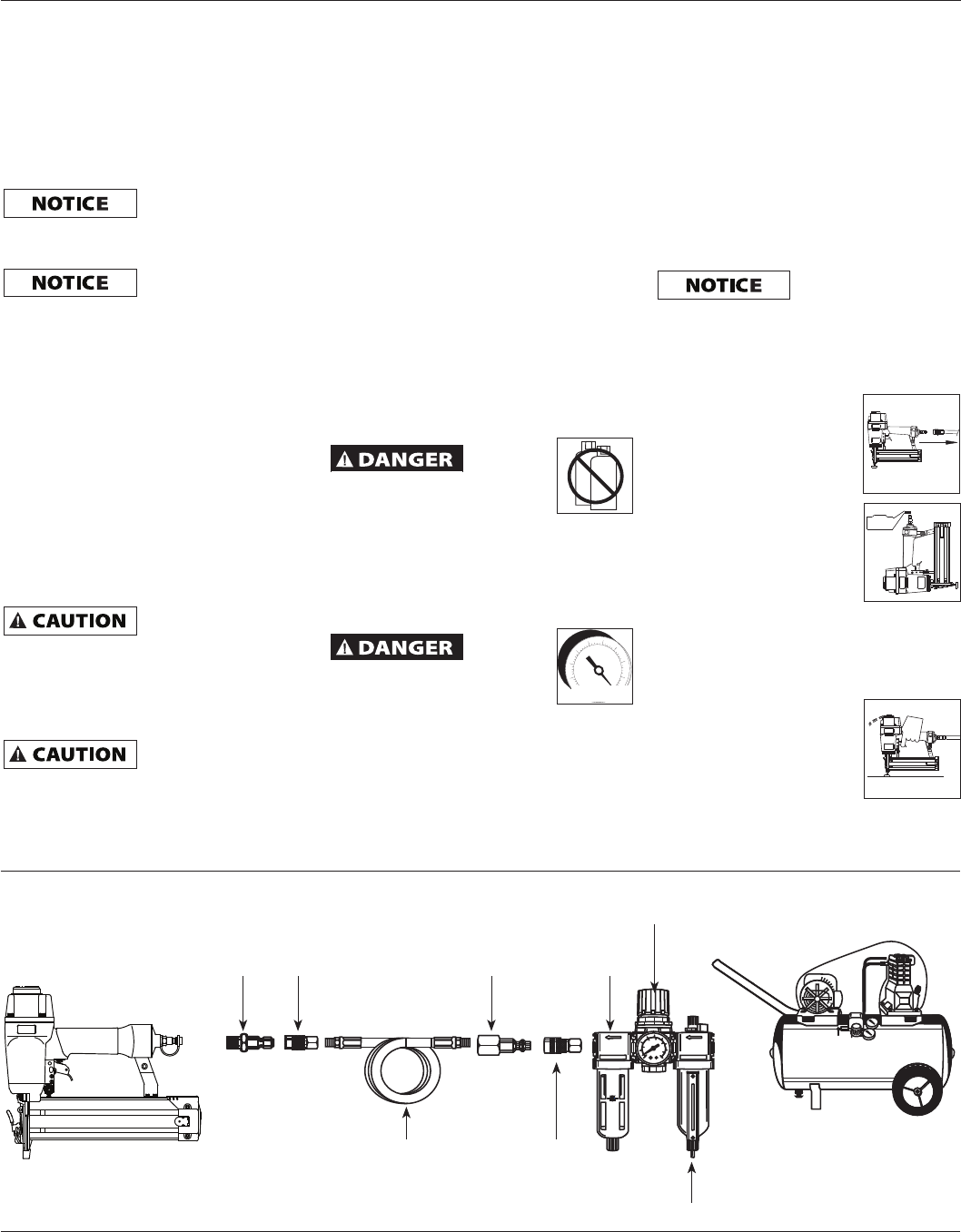
4
Operating Instructions
www.chpower.com
Important Safety Instructions
(Continued)
SAVE THESE INSTRUCTIONS
DO NOT DISCARD
Operating The Nailer
LUBRICATION
This nailer requires lubrication before
using the nailer for the first time and
before each use. If an inline oiler is
used, manual lubrication through the
air inlet is not required on a daily basis.
The work surface c
an become damaged
by excessive lubrication. Proper
lubrication is the owner’s responsibility.
Failure to lubricate the nailer properly
will dramatically shorten the life of the
nailer and void your warranty.
1. Disconnect the air
supply from the nailer
to add lubricant.
2. Turn the nailer so the
air inlet is facing up.
Place 4-5 drops of 30
W non-detergent oil
into air inlet. Do not
use detergent oils, oil additives, or
air tool oils. Air tool oils contain
solvents which will damage the
nailer's internal components.
3. After adding oil, run
nailer briefly. Wipe off
any excess oil from the
cap exhaust.
Dropping or throwing the tool can result in
damage that will make the tool unusable
or unsafe. If the tool has been dropped or
thrown, examine the tool closely for bent,
cracked or broken parts and air leaks. STOP
and repair before using or serious injury
could occur.
Avoid using the
tool when the
magazine is empty. Accelerated wear on the
tool may occur.
Clean and check all
air supply hoses and
fittings before connecting the tool to an air
supply. Replace any damaged or worn hoses
or fittings. Tool performance or durability
may be reduced.
SERVICE
a. Tool service must be performed only
by qualified repair personnel.
b. When servicing a tool, use only
identical replacement parts. Use
only authorized parts.
c. Use only the lubricants supplied
with the tool or specified by the
manufacturer.
Do not make any
modifications to the
tool without first obtaining written approval
from Campbell Hausfeld. Do not use the
tool if any shields or guards are removed or
altered. Do not use the tool as a hammer.
Personal injury or tool damage may occur.
Disconnect air
supply and release
tension from the pusher before attempting to
clear jams because fasteners can be ejected
from the front of the tool. Personal injury
may occur.
AIR SOURCE
a. Never connect to an air source that
is capable of exceeding 200 psi.
Over pressurizing the tool is able
to result in bursting, abnormal
operation, breakage of the tool or
serious injury to persons. Use only
clean, dry, regulated compressed air
at the rated pressure or within the
rated pressure range as marked on
the tool. Always verify prior to using
the tool that the air source has been
adjusted to the rated air pressure or
within the rated air-pressure range.
b. Never use oxygen, carbon dioxide,
combustible gases or any bottled
gas as an air source for the tool.
Such gases are capable of explosion
and serious injury to persons.
Do not use any type of reactive
gases, including, but not limited
to, oxygen and combustible gases,
as a power source. Use filtered, lubricated,
regulated compressed air only. Use of a
reactive gas instead of compressed air may
cause the tool to explode which will cause
death or serious personal injury.
Use only a pressure-regulated
compressed air source to limit
the air pressure supplied to the
tool. The regulated pressure must not exceed
120 psi. If the regulator fails, the pressure
delivered to the tool must not exceed 200 psi.
The tool could explode which will cause death
or serious personal injury.
O
CO
2
120 psi
Recommended Hookup
Quick
Plug
Quick
Coupler
Air Hose
Quick
Plug
(Optional)
Quick
Coupler
(Optional)
Oiler
Regulator
Filter
OIL



